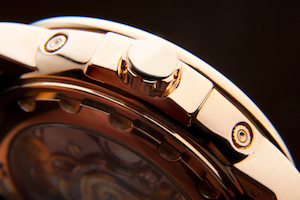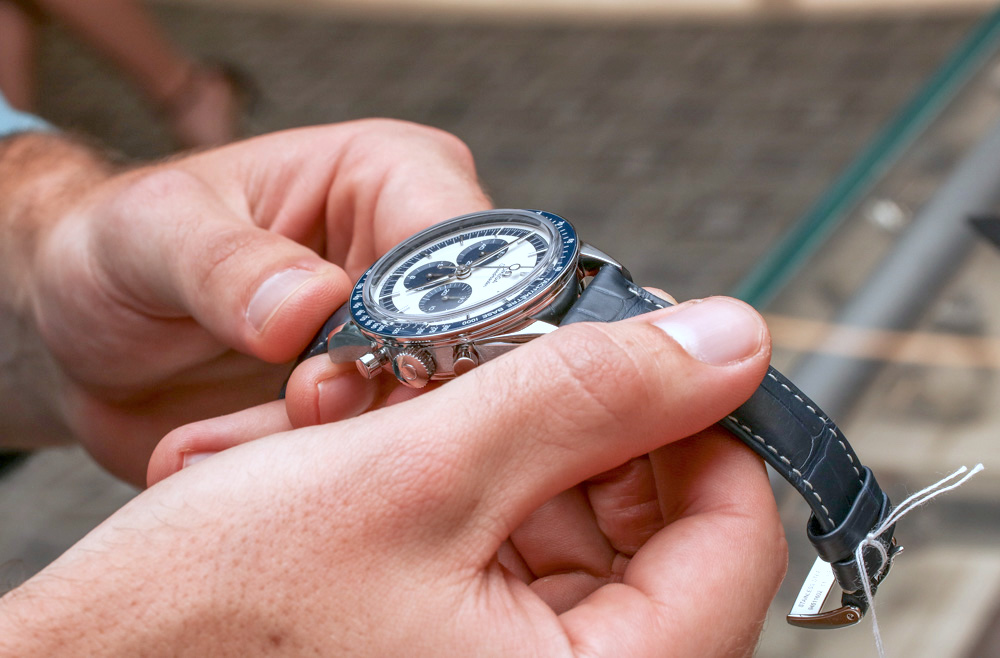In his illuminating 2014 study, The English and Their History: The First Thirteen Centuries, University of Cambridge history professor Robert Tombs makes this remarkable observation whilst discussing the rapidly rising productivity and living standards of working people in the eighteenth century:
“New habits of consumption reached not only the ‘middling sort,’ but trickled down to the poor, who acquired more goods than would have been available to a prosperous yeoman a century earlier...Watches, usually in silver cases - a new fashion item - became general among English working men in the second half of the century. They were a coveted means of display, with ribbons and seals dangling from the breeches pocket. They were also (as they could be pawned) an investment. By the 1790s there were an estimated 800,000 silver and 400,000 gold watches in England.”
What was true in 1790 is even more true today: rare and luxury watches can be and are seen by many as investments as well as adornments. Which is why peer-to-peer lender Unbolted includes them in its repertoire of high-value personal possessions that can be collateralised as security for one of the platform’s unique secured asset loans.
Like our eighteenth-century ancestors living through their Industrial Revolution, today’s citizens are in the midst of a ‘gig-economy’ technological revolution - one manifestation of which is the launch of “smartwatches” such as the Apple Watch. These are great if you want to keep track of your fitness and check you emails regularly, but they probably aren’t going to turn out to be a good financial investment, unlike the gold and silver watches of those eighteenth-century English working men.
If you want a lovely timepiece AND a sound investment, you’re better off sticking to classic, “un-smart” watches. For example, the Picollecta Rare Watch Index, which charts the price movement of 30 of the most sought-after collectable watches, shows that classic watches have climbed in value by an average of five percent a year over the last ten years.
That average conceals some more dramatic price movements; some second-hand watches from prestigious makers such as Cartier, Patek Philippe, Rolex, Omega and Heuer have more than doubled during this time period. You’d have paid £2,800 for a 1969 Heuer Monaco a decade ago. Today, you could sell it for £7,600.
The prize for the biggest price surge of the last ten years goes to a rare World War II watch by Panerai Radiomir that was used by German and Italian navy “combat swimmers.” In ten years, it has rocketed in value from £16,000 to £58,000.
Luxury mechanical timepieces aren’t simply works of engineering genius. They’re also exquisite works of art, kept in motion by a vast array of finely crafted moving parts instead of microchips. The Apple Watch, exciting though it is for tech addicts, will soon become obsolete and worthless. Classic watches will never suffer that ignominious fate.
We’ll continue our deep dive into classic watches as investment opportunities in Part Two.



 WhatsApp Us
WhatsApp Us


